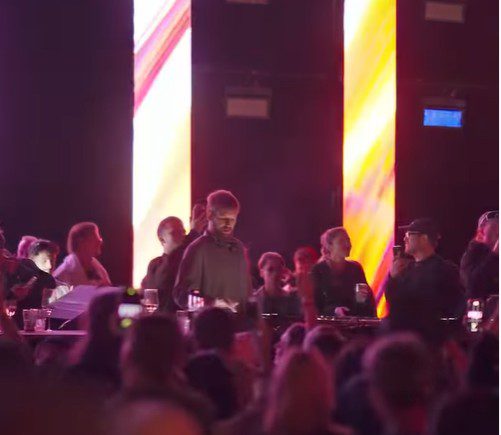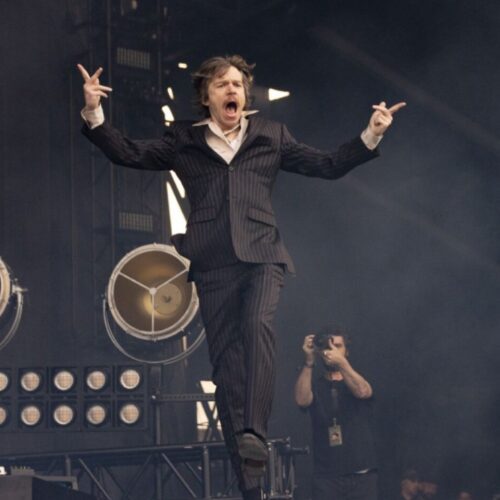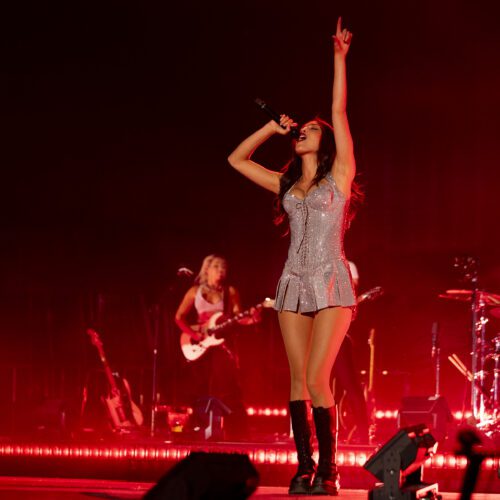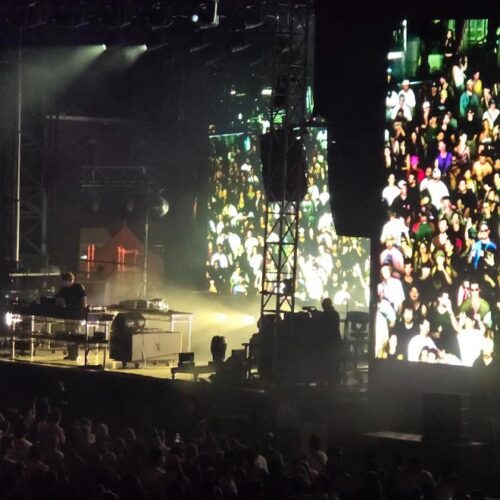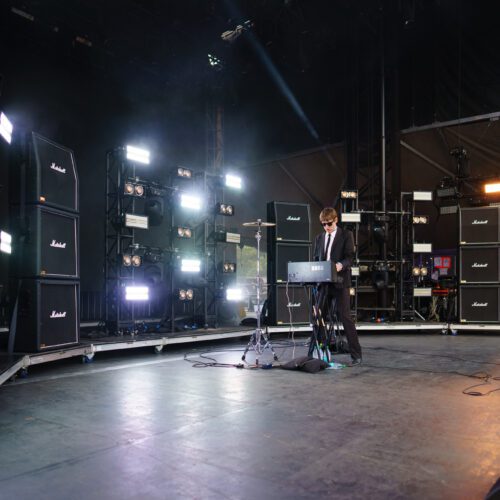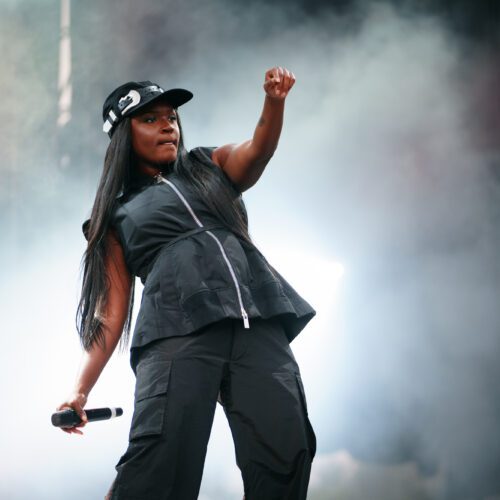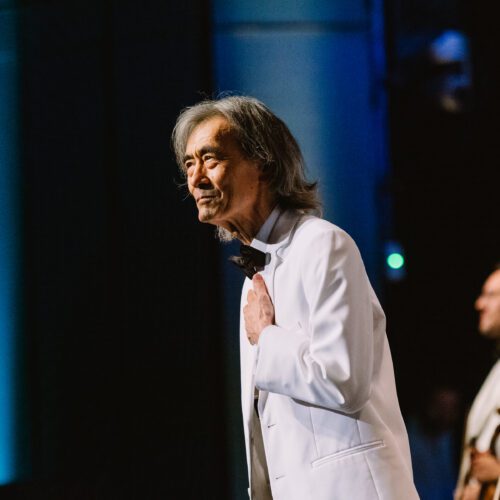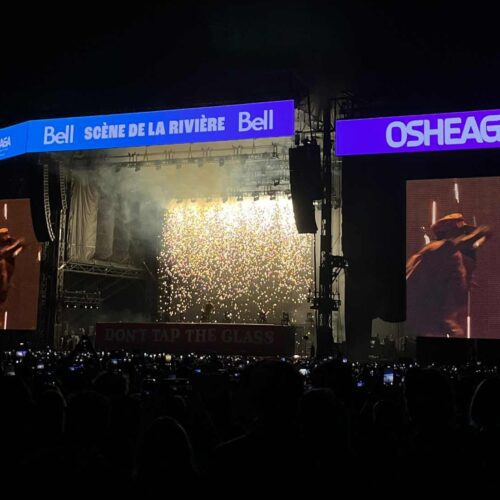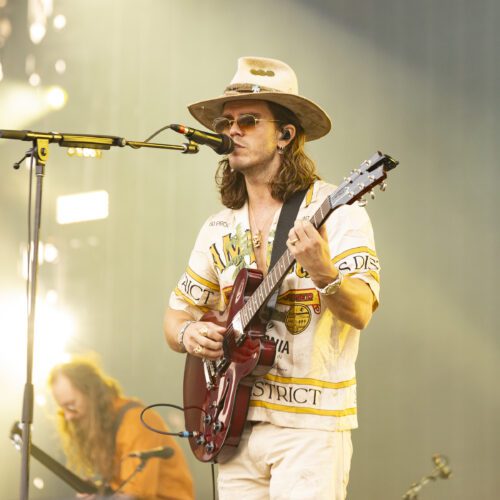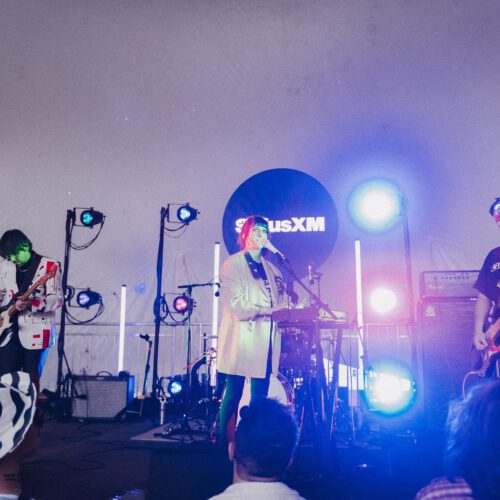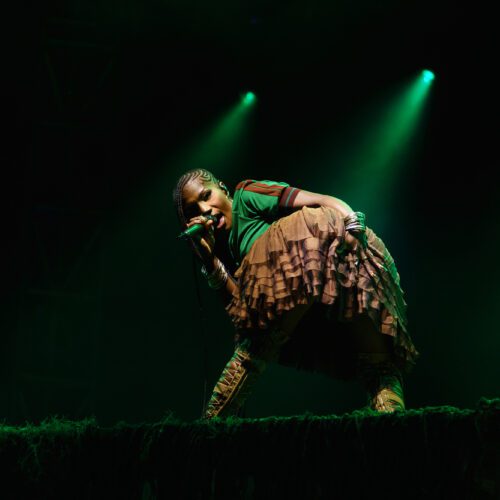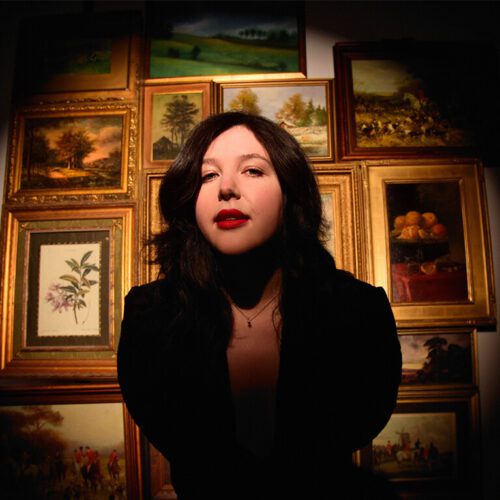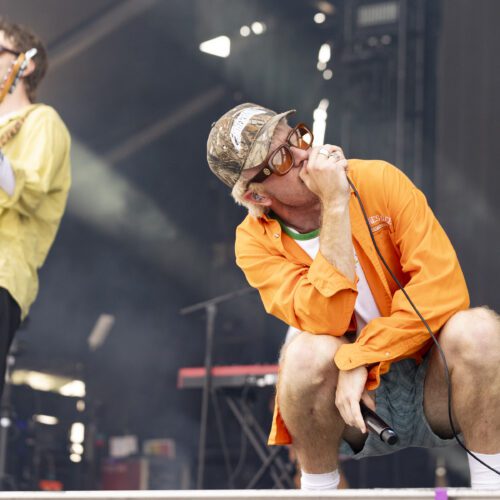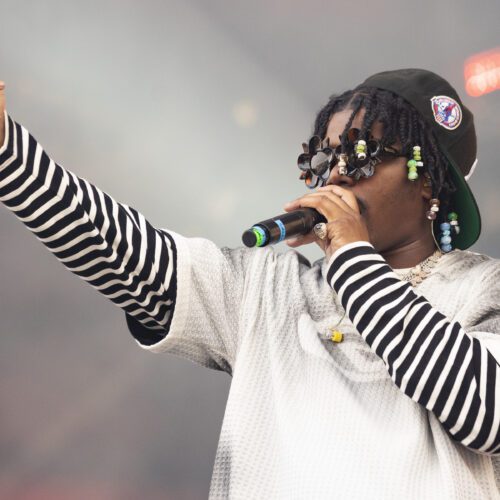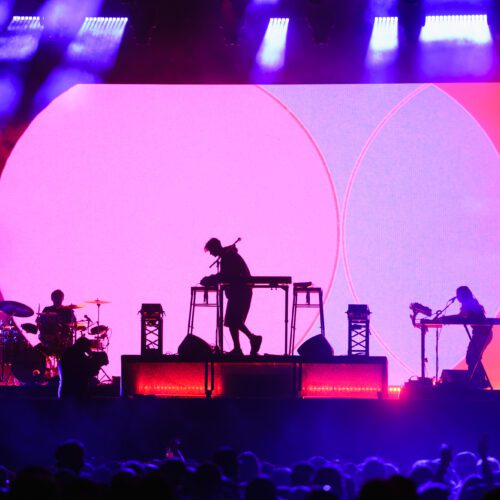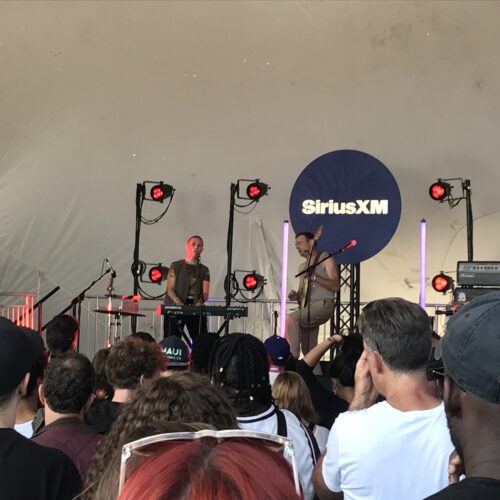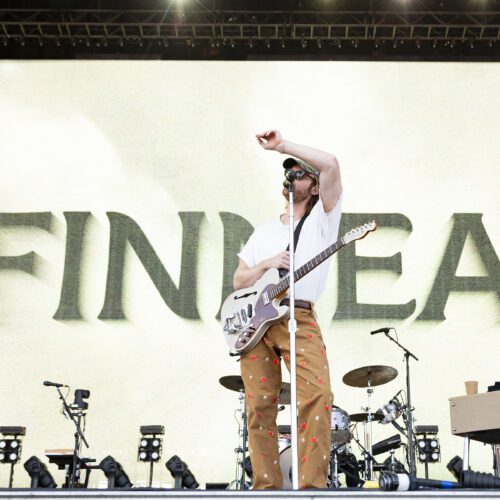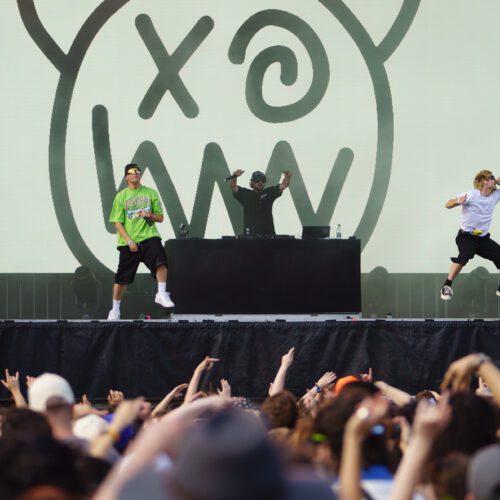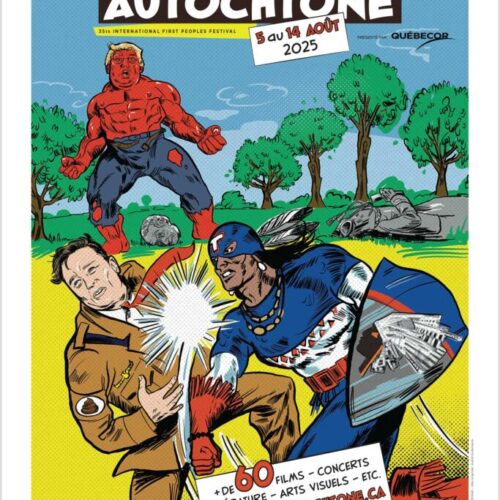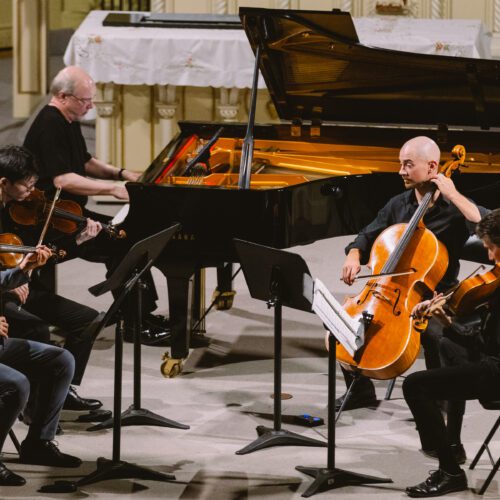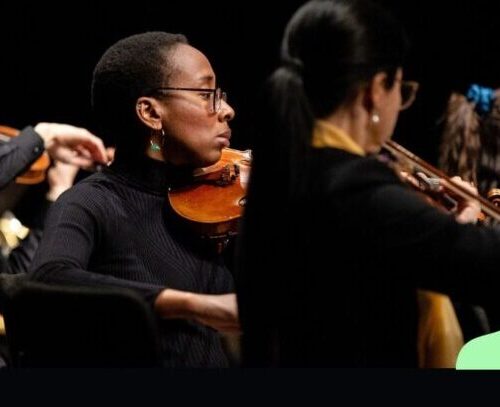Late at night, Saint-Laurent is filled with comic book characters. They circle around their desires religiously, taking it all in by blocking it out with a cigarette and some chatter, only to dive right back into the abyss with fresh ears. Something bouncy and soft to catch your fall, but with just enough substance to entangle your attention. Trance. The Austrian electronic duo Klangkarussell has mastered the art of the line.
Before you know it, it’s under your feet, a rhythmic chord stabs as a bed for soulful vocals to stay in your head until you fall asleep. It’s textbook eurodance and vocal trance that blend in elements of disco, music meant to be shared that you fall in and out of. It’s the ambiance for the greater setting of social nightlife, where the chatter—gated by the heavy kicks—is part of the music. People cling together like bunches of grass announcing spring. I talk to a couple who tells me they came all the way from across the river to see Klangkarussell and begin to wonder where exactly these guys came from.
Gaining popularity around the same time as Avicii and Martin Garrix, Klangkarussell are part of the European exports that successfully blended pop hits with swelling build-ups and conventional chord progressions and rhythms. This late arrival of European electronic pop in North America was met with enthusiasm, as its simple formula had a trailing optimism that made you want to let go and be foolish. I remember it as the soundtrack to many early birthday parties, but judging by the older crowd, I can imagine it was just as popular in festivals during a recession era. Impressed by Klangkarussell’s ability to drive a crowd, I walked closer and closer to see what was happening. All smiles, their excitement was contagious as it announced the next rise and fall. Hands in the air pointing to the sky—when the anthem comes on, there are no limits to the mind.
As the night deepens, the dance floor becomes a kind of communion, and Klangkarussell and its quiet high priests. Their music doesn’t demand attention—it earns it, gently pulling people inward even as it lifts them up. In a world that feels increasingly fragmented, their sound offers a strange cohesion, a shared pulse. Watching the crowd sway under Saint-Laurent’s flickering lights, I realize this isn’t just nostalgia or escapism—it’s a reminder that sometimes, all we need is a rhythm to hold on to, and a place to lose ourselves in it.
